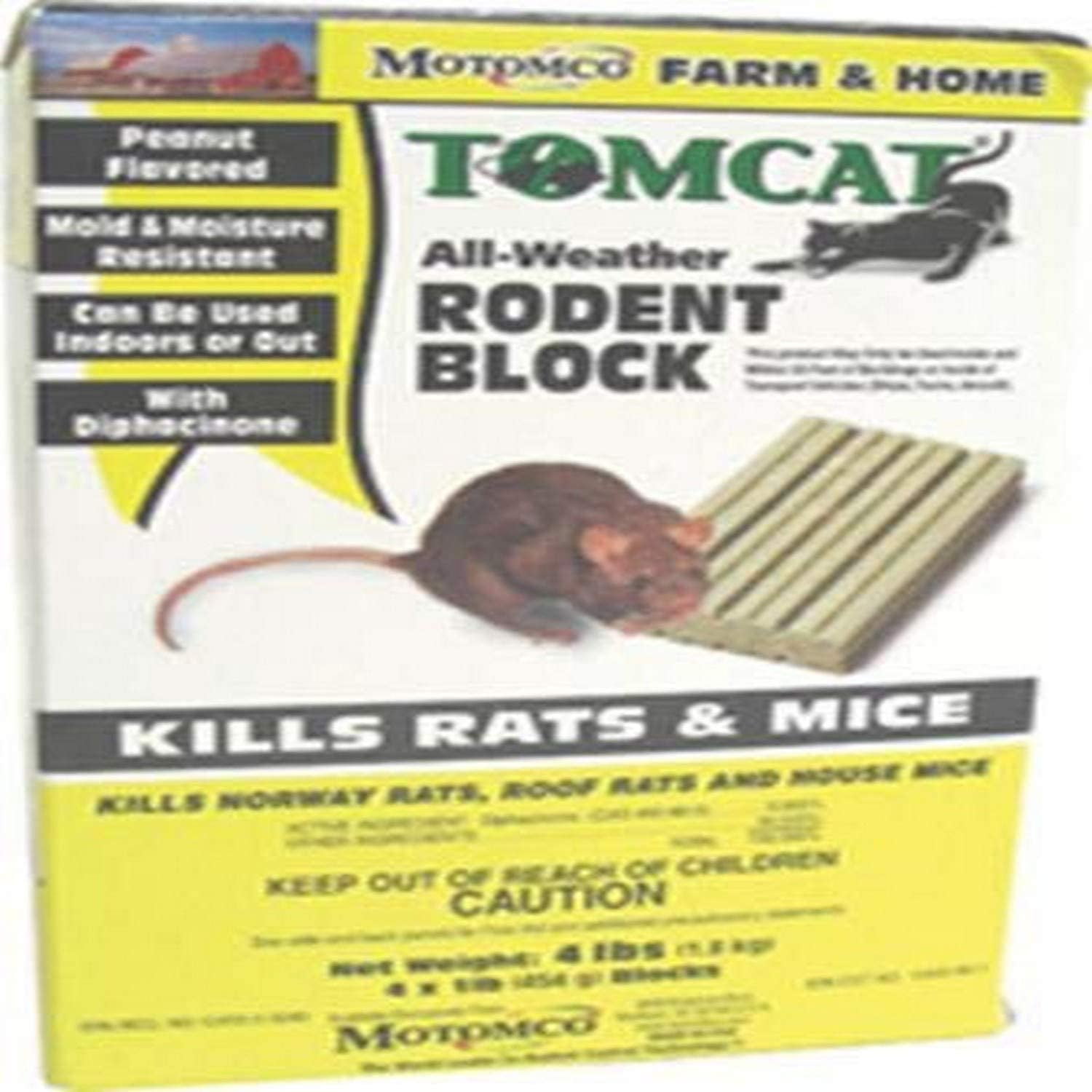

The wires are similar to roots, which they would naturally gnaw to make space, to use for nesting material and to “kill the cactus” or in this case your vehicle. These areas are cluttered with insulation and wires, closely resembling the nests that the rats would build for themselves. Parked cars and motorhomes have a number of well-protected cavities already suitable for nesting. As we have expanded into the desert areas, we have encroached on their habitat creating new opportunities for these highly adaptable rodents. Problems occur as humans move into packrat habitat. Paleontologists make it part of their research to explore packrat nests, which may survive for generations, to find out about human history, collecting artifacts dating back to before the civil war. They are carrying something already, see something different and drop what they have to get their new treasure-trading up. Most likely, it is more out of practicality. If they find a coin, piece of pottery or a button, they will pick it up but leave something in return, like a twig or acorn. Packrats have the peculiar habit of “trading” for interesting things that they find in their travels. This creates a prickly armored home that is relatively safe from mammal and bird predators. They will burrow under a cactus (usually prickly pear or cholla) killing the roots, causing the cactus to collapse above them. In Arizona, pack rats live primarily in the desert under fallen cactus and debris piles. Although they can be found in most states coast to coast, in Arizona pack rats are still the dominant urban rat. Resembling a large gerbil, pack rats are very different animals than Norway rats. The rat of movies, big cities, and pet shops is the Norway Rat, an animal introduced by way of the Mayflower. At one time, pack rats, also known as the American Rat, were the dominant rats in North America.


 0 kommentar(er)
0 kommentar(er)
